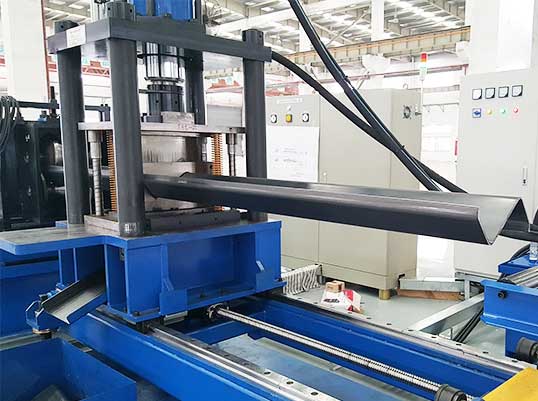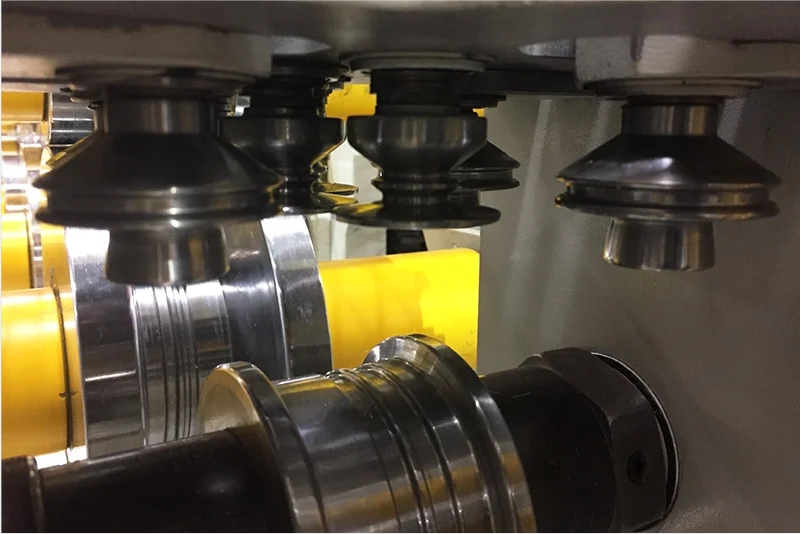Navigation Menu
Contact Us
- Email:
- info@wxavatar.com
- Address:
- Yurong Village, Yuqi Street, Huishan District, Wuxi, China.
Release Date:Jun 24, 2025 Visit:56 Source:Roll Forming Machine Factory
In recent years, automation has significantly influenced many manufacturing processes, and custom rollforming is no exception. As industries continue to seek higher efficiency and improved product consistency, automated technologies are being increasingly integrated into rollforming operations. This article explores how automation is transforming the custom rollforming process and what this shift means for manufacturers.

Enhancing Production Efficiency
One of the most noticeable changes automation brings to custom rollforming is the improvement in production efficiency. Automated rollforming lines can maintain continuous, stable production with minimal manual intervention. This reduces downtime between production batches and allows manufacturers to handle large orders with better time management. Automated material feeding, cutting, punching, and stacking further streamline the process, supporting consistent throughput.
Improving Product Accuracy
Automation has also raised the accuracy of rollformed parts. Computer-controlled systems can precisely monitor and adjust machine settings in real-time, which helps maintain tight tolerances throughout the entire production run. This level of precision reduces the likelihood of material waste and rework, contributing to overall process stability.
Enabling Complex Designs
Modern automation systems provide the flexibility to produce complex profiles that may have been difficult to achieve through manual operations. With programmable rollforming equipment, manufacturers can quickly switch between different product specifications, supporting the production of custom profiles without extensive machine setup changes. This adaptability allows companies to respond more effectively to varied customer requirements.
Reducing Labor Dependence
By incorporating automation, manufacturers can reduce their reliance on manual labor in several key areas of the rollforming process. While skilled operators remain essential for machine supervision and quality control, automated systems can handle repetitive tasks, material handling, and precision adjustments. This helps optimize workforce allocation and can contribute to a more stable production environment.
Real-Time Monitoring and Data Collection
Many modern automated rollforming lines are equipped with real-time monitoring and data collection systems. These systems can track production speeds, product dimensions, and machine conditions, providing valuable insights for maintenance planning and process improvement. Real-time data can help manufacturers detect deviations quickly and implement corrective actions to minimize potential issues.
Supporting Scalable Production
Automation makes it easier to scale production based on customer demand. Whether running small custom batches or larger production volumes, automated rollforming systems can adjust with minimal downtime. This scalability benefits manufacturers who need to maintain flexibility without sacrificing efficiency.

Conclusion
Automation is reshaping the custom rollforming process by improving production efficiency, enhancing product accuracy, and supporting more complex designs. By reducing labor dependence and enabling real-time monitoring, automated systems help manufacturers maintain consistent quality while meeting diverse customer needs. As automation technology continues to develop, its role in custom rollforming is expected to expand, offering even greater operational advantages to the industry.